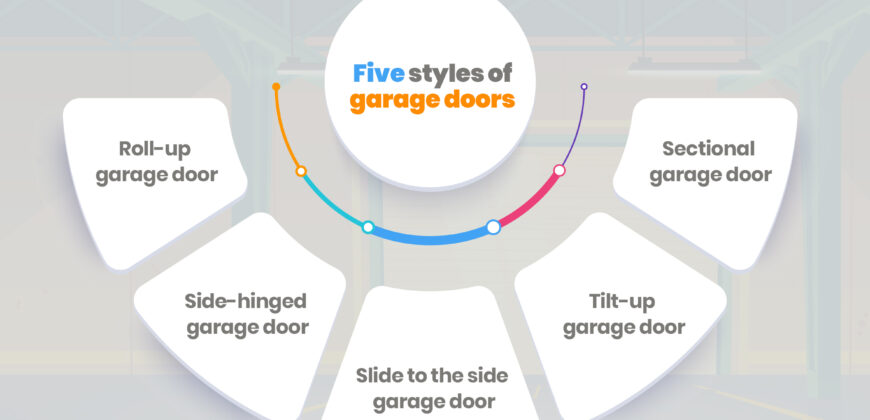Styles of Garage Door
A garage door is one of the most important aspects of a home. Choosing the right styles of garage door can significantly increase the resale value of your home while boosting its curb appeal. However, many homeowners struggle with picking…



Recent Comments